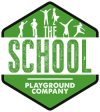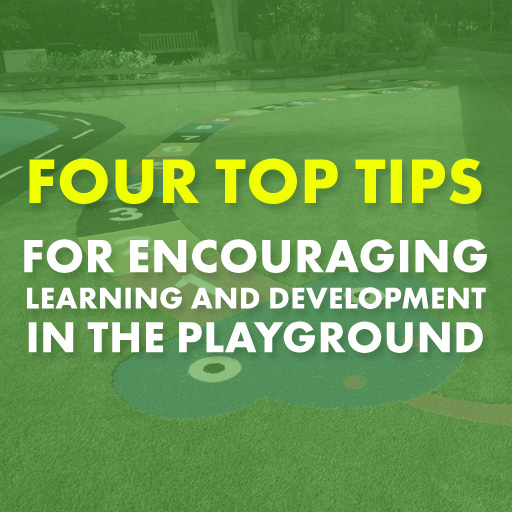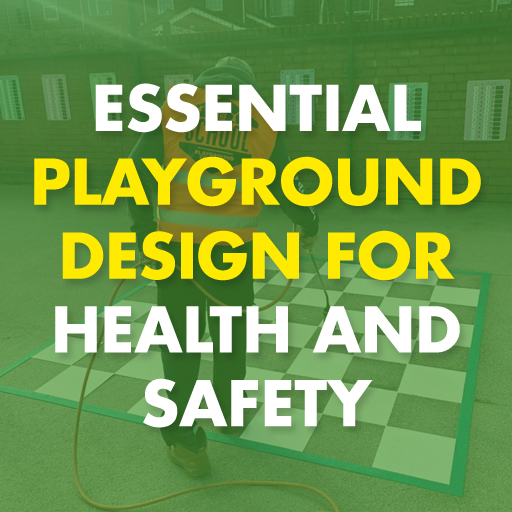Creative Play environments help children flourish in school and with social-emotional development. A focus on imagination and creativity encourages pro-social behaviour, develops independence, and most importantly, is fun for kids! Schools should always embrace the benefits of imaginative play in how they approach developing inclusive, creative, and active areas.
Are looking to develop imagination playgrounds to inspire creative play at your school? Get in touch with our team and discover your options.
For more information on how pretend play provision is a great playground idea for primary schools, keep reading to get inspired.
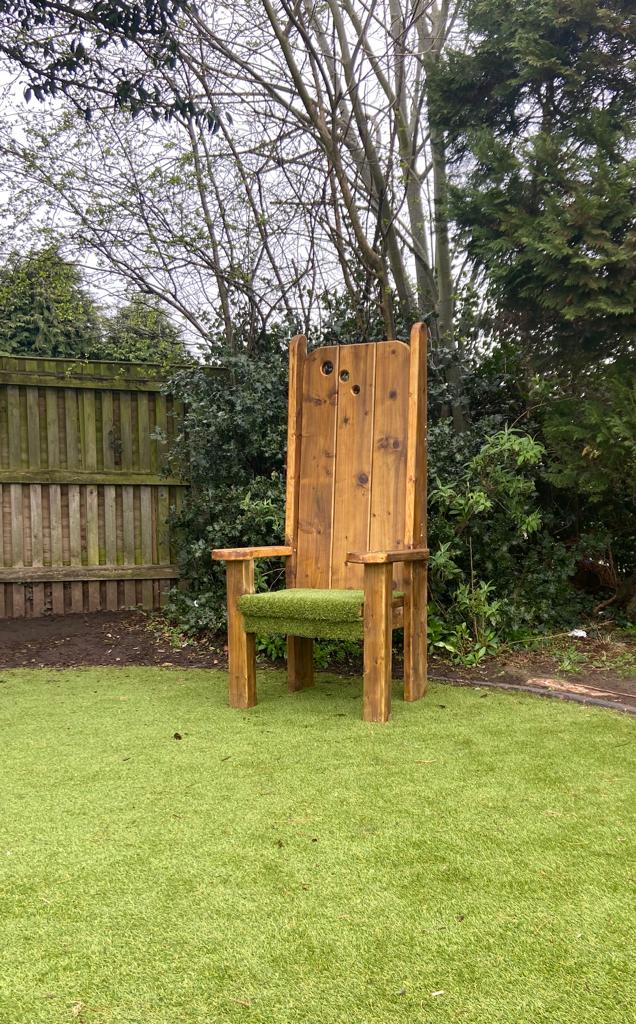
4 Key Benefits of Imaginative Play in Early Years Education
With imaginative play, students continue to engage their brains’ problem-solving and creativity centres while having fun. Creative school playground games are often self-directed, teaching children self-regulation, cooperation, and communication at their own pace.
1. Teaching Teamwork and Collaborative Skills
Turn-taking games are a natural extension of many pretend play activities. Playing and exploring imaginary worlds with friends facilitates the development of core skills like cooperation, compromise, and even language learning.
With varied playground design, you can inspire a range of imaginative activities. With pirate ship active play structures, your students can become a crew on the high seas, or while setting up den building equipment they can imagine an exciting jungle adventure. This combines the benefits of imaginary play with practical elements of the playground. Kids develop rich interior lives and connections through pretend play, having very real impacts on individuals’ social awareness and health.
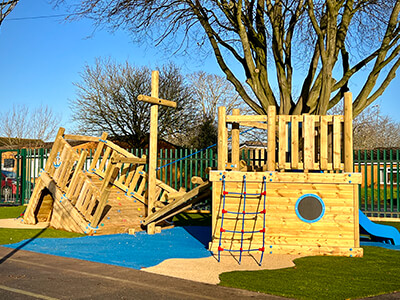
2. Implementing Gross Motor Skills
In a pretend play atmosphere, children engage with active play equipment in new ways, developing their physical aptitude and resilience. Gross motor skills are movements that engage the limbs and torso to improve whole-body activity and coordination. Therefore they are essential to include in early years educational environments.
By providing varied active learning tools for free play use, children are able to incorporate smaller and large playground items into their school playground games in new, inventive ways. Kids can tell their own exciting stories by combining skipping ropes and balls can be used with active play structures like trim trails as create unique adventure obstacle courses and challenges.
3. Creative Play and Teaching Art in Primary Schools
Creative play, child development, and artistic education combine in imaginary play with play panels providing ideas for mark making. Providing the opportunity for artistic expression and exploration of creative play in an unstructured play environment produces more independent and self-assured students.
Arts and crafts play panels with a variety of mark-making and tactile play elements allow individuals a quiet place for independent thought and creativity. Giant chalkboards, whiteboards, and other messy, creative play panels provide tactile group experiences for children to have to tell stories through art and build on each other’s ideas for mark-making and imaginative ideas.
4. Sensory Play Provisions
Inclusive playground equipment should provide all children with the opportunity to play and explore creative play and imaginative expression. Interactive, tactile sensory panels like musical play panels with bright designs provide neurodivergent children with spaces to freely observe their environment on their own terms.
Sensory panels and constructive play equipment include activities like den building, messy trays, and block play. These unique forms of play can create amazing avenues for varied self-expression and experimentation with fine motor skills in children of all abilities. Schools should develop imagination playgrounds around this independent form of play. This is because all children should have the opportunity and equipment to discover their own creativity though fun and play.
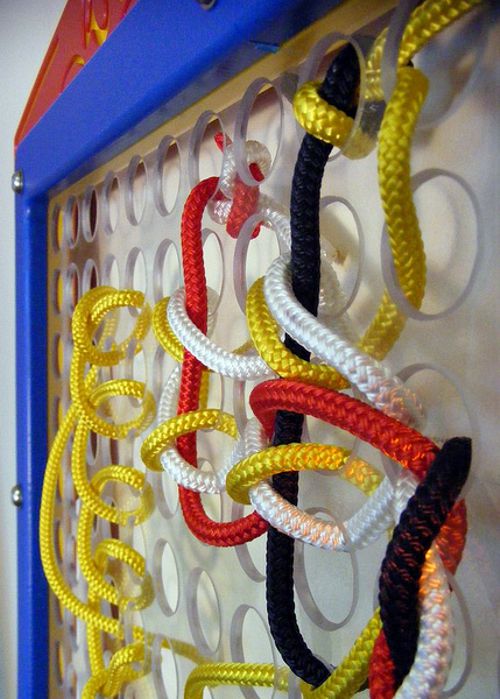
Why is Role Playing Important?
Role play is an element of creative play that helps build an understanding of the world, developing by putting yourself into others’ shoes. As a structured class activity or unstructured independent playground ideas for primary school children at break time. Resources for playground role play can be as structured or non-specific as your students need to embrace role playing.
Role play panels can introduce younger children to common real-world ideas like different kinds of shops, train stations, or even doctors. Build a whole town for a varied role play environment with a combination of shops and counter panels.
For a more unstructured space for role play and storytelling, we recommend playground stages and reading corners. These are a great way for children to enjoy a different aspect of play time, or for outdoor classroom activities.
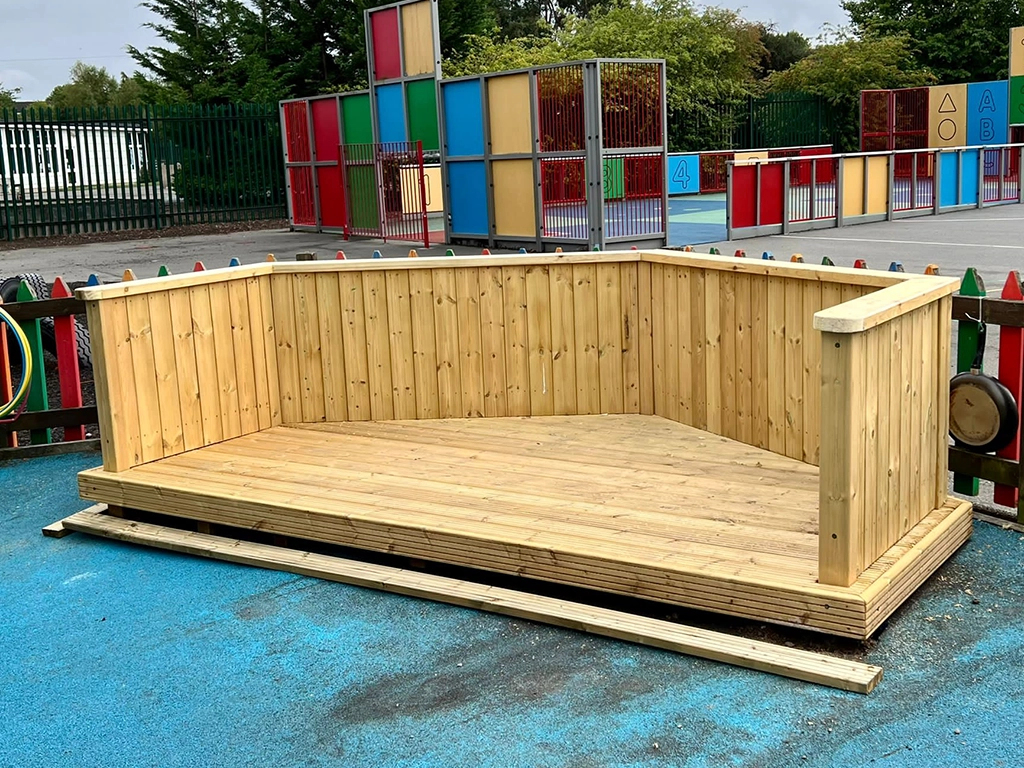
Especially when props and costumes are easily accessible in outdoor storage integrated into playground designs, students can be free to produce their own plays and stories to imaginary or real audiences. Creating their own stories or recreating and interpreting plays and books from English classes, performing and speaking to peer groups in a safe environment for self-expression is great for confidence for any child.
Does your Play Area Provide The Benefits of Imaginative Play and Creative Expression?
Don’t hesitate to get in touch with the contact form at the top of the page. Our team is happy to discuss your options for a unique and creative outdoor area with top-of-the-line playground equipment.
